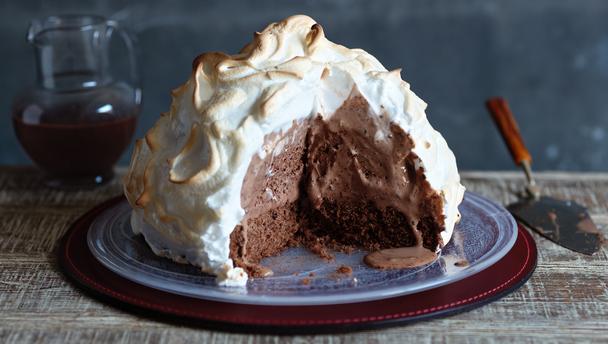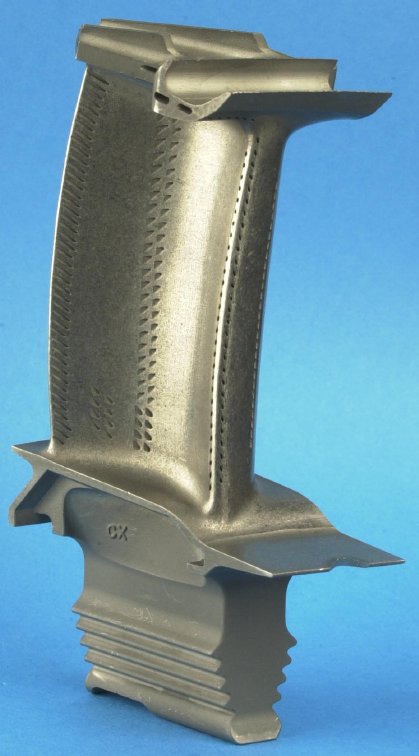How is a Jet Turbine Engine like a Baked Alaska?
 Back in 2014, nearly 10 million people in the UK watched ‘The Great British Bake Off’ contestants make a baked Alaska, and the now infamous ‘Bin-gate’ scandal in which one contestant Ian, pictured above, threw away his ice-cream after another contestant removed it from the fridge. But how many of them actually stopped to think about the science behind making a baked Alaska? Moreover, did they realise how it is the same science used in jet turbine engines to stop them from melting mid-flight?
Back in 2014, nearly 10 million people in the UK watched ‘The Great British Bake Off’ contestants make a baked Alaska, and the now infamous ‘Bin-gate’ scandal in which one contestant Ian, pictured above, threw away his ice-cream after another contestant removed it from the fridge. But how many of them actually stopped to think about the science behind making a baked Alaska? Moreover, did they realise how it is the same science used in jet turbine engines to stop them from melting mid-flight?
Jet engine turbines operate at around 1800°C. To put that in context, lava flows are typically at a temperature of around 1100-1200°C. We therefore have a problem! The metals used in this part of the engine, known as superalloys, typically melt at around 1400°C. This is like putting an ice cube or icecream in a flame and expecting it not to melt. It’s not going to happen… So why doesn’t the engine turn into a puddle mid-flight?
 Let’s go back to baked Alaska. You take a cake, put ice cream on top and then cover the whole thing in uncooked meringue. The whole thing is then put in a very hot oven, to quickly cook the meringue, without letting the ice-cream melt. But how? The answer is the meringue and the cake. Both the meringue and cake surround the icecream preventing the heat from getting to the icecream and preventing it from melting. Cake and meringue both contain lots of air pockets that act as a cushion insulating the ice-cream and preventing it from melting.
Let’s go back to baked Alaska. You take a cake, put ice cream on top and then cover the whole thing in uncooked meringue. The whole thing is then put in a very hot oven, to quickly cook the meringue, without letting the ice-cream melt. But how? The answer is the meringue and the cake. Both the meringue and cake surround the icecream preventing the heat from getting to the icecream and preventing it from melting. Cake and meringue both contain lots of air pockets that act as a cushion insulating the ice-cream and preventing it from melting.
 So what about the engine? Here the same idea is used. By coating the metal in a type of ceramic called a Thermal Barrier Coating (TBC) we prevent the blade from reaching the extreme temperature of the engine. The picture below shows a turbine blade from a real engine. You may notice lots of tiny holes all over the surface. ‘Cold’-air is constantly bled out of these holes, creating a cushion of air around the blade that insulates the metal, stopping it from experiencing the extreme temperatures of the engine.
So what about the engine? Here the same idea is used. By coating the metal in a type of ceramic called a Thermal Barrier Coating (TBC) we prevent the blade from reaching the extreme temperature of the engine. The picture below shows a turbine blade from a real engine. You may notice lots of tiny holes all over the surface. ‘Cold’-air is constantly bled out of these holes, creating a cushion of air around the blade that insulates the metal, stopping it from experiencing the extreme temperatures of the engine.
The combination of these two effects, a protective coating and cooling cushion of air, ensure that the metal never reaches it's melting point and so the materials and the engine can operate in environments above their melting point. Using the simple principle of insulation we can therefore prevent jet-turbine engines from melting and also make a super yummy dessert!

